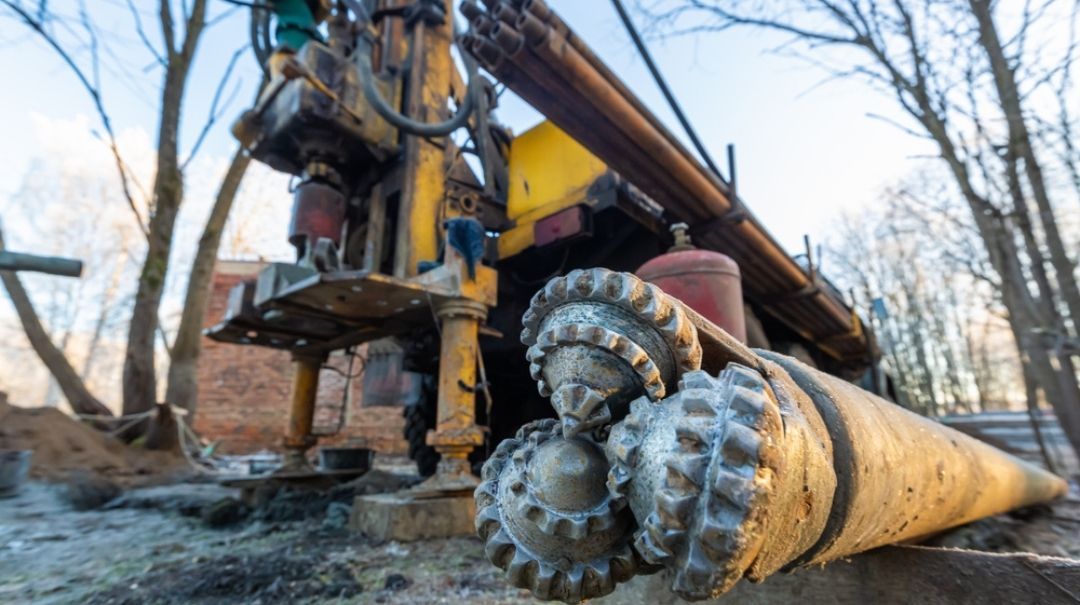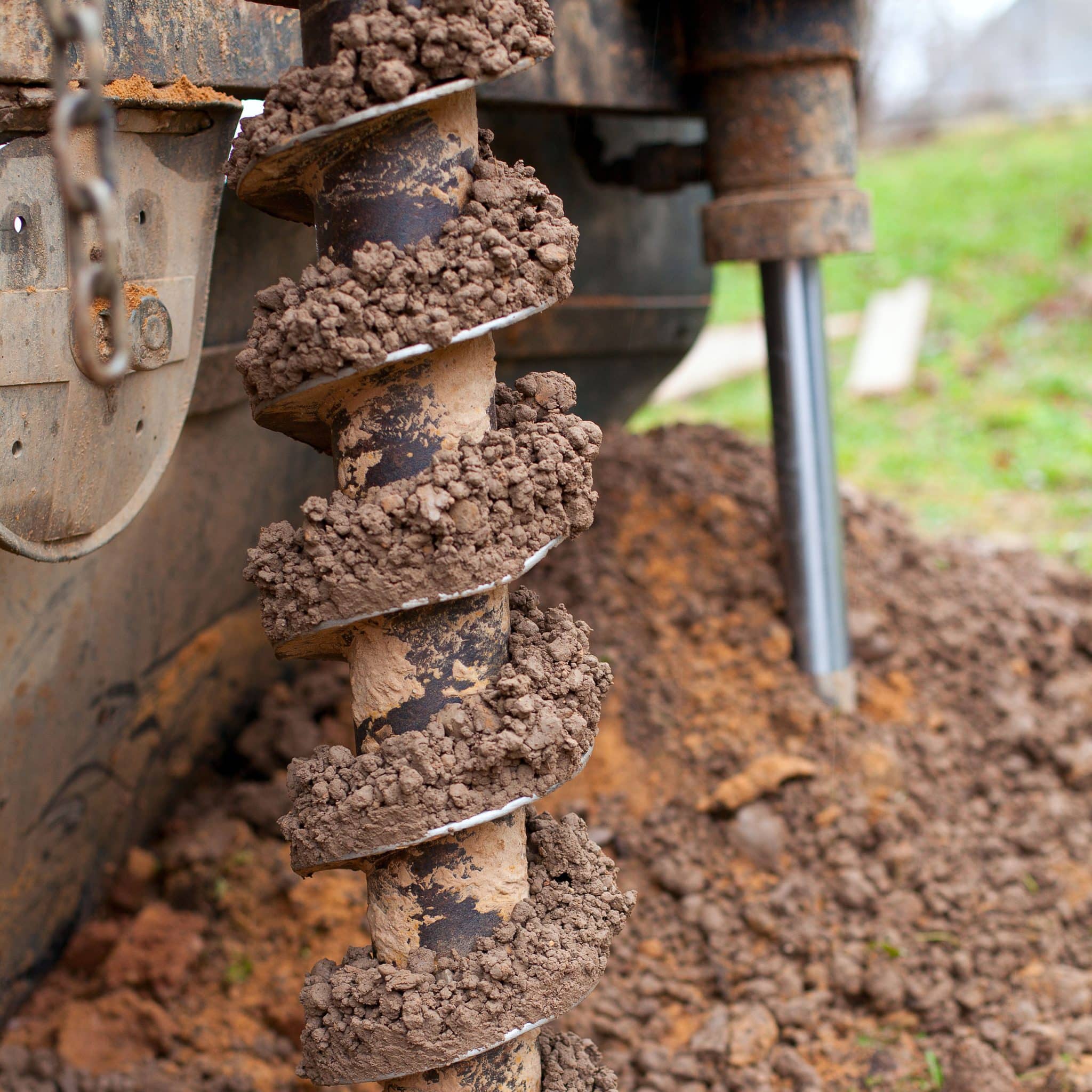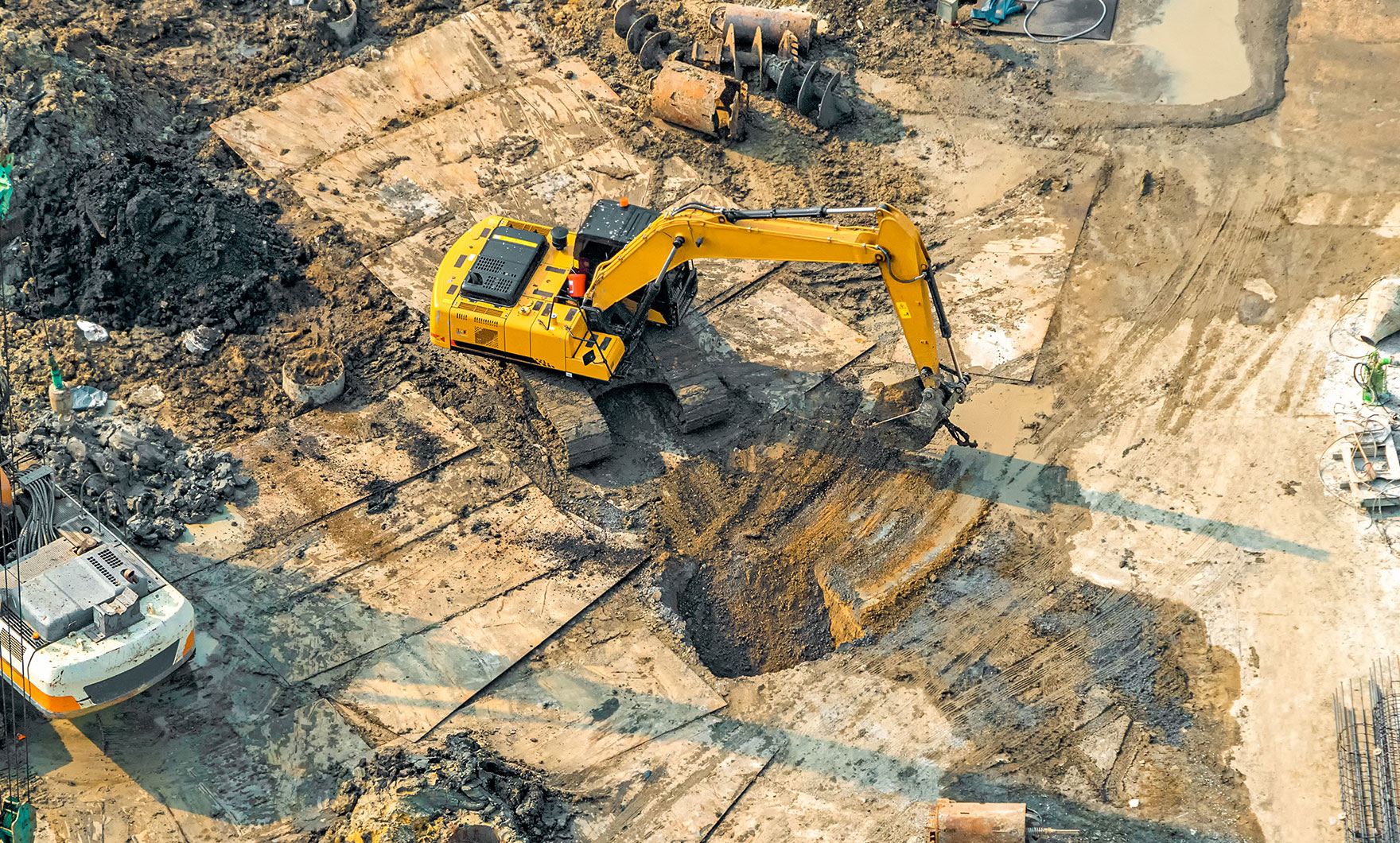Geotechnical Engineer Description: What to Anticipate from These Professionals
Wiki Article
The Significance of Geotechnical Engineering in Attending To Ecological Obstacles and Enhancing Building Security
Geotechnical design serves as a keystone in the crossway of environmental stewardship and construction security, offering important understandings into the habits of dirt and rock under different problems. By applying strategic website investigations and tailored mitigation procedures, geotechnical engineers play a vital function in protecting both human lives and environmental honesty.
Function of Geotechnical Engineering
Geotechnical engineering plays a vital function in the style and construction of framework by addressing the habits of soil and rock products under numerous conditions. This area of design is vital for comprehending the interaction in between structures and the ground, which includes identifying the load-bearing capacity of dirt, analyzing stability, and forecasting potential negotiation or failing.Geotechnical engineers are accountable for carrying out site examinations, which include sampling and screening dirt and rock to collect information on their physical and chemical residential properties. This info is essential for developing foundations, maintaining wall surfaces, and other earth-retaining frameworks that make certain safety and durability. Moreover, geotechnical design educates the choice of ideal building techniques and products, consequently lessening threats connected with dirt behavior.
Additionally, the integration of geotechnical design principles right into city preparation and ecological management is critical for dealing with challenges such as ground contamination and groundwater administration. By recognizing geotechnical variables, designers can develop sustainable options that boost the strength of infrastructure versus all-natural risks, while also promoting environmental stewardship. Eventually, the duty of geotechnical design is essential for attaining risk-free, durable, and eco mindful construction methods.
Soil Erosion Reduction
Dirt disintegration positions a considerable hazard to both ecological security and infrastructure integrity, affecting about 24 billion lots of abundant dirt lost every year worldwide. This phenomenon is exacerbated by variables such as logging, urbanization, and inadequate agricultural methods. Geotechnical design plays a pivotal function in establishing effective dirt erosion mitigation strategies that guard both the atmosphere and building and construction jobs.One approach entails the application of erosion control methods such as greenery growing, which maintains soil via origin systems. Furthermore, the construction of maintaining walls and terraces can properly decrease surface drainage and shield at risk locations from erosion. Correct drainage style is also crucial; it minimizes water buildup and routes excess drainage away from essential structures.
Furthermore, geotechnical engineers use dirt stabilization strategies, such as the application of geotextiles and naturally degradable floor coverings, to enhance soil cohesion and stop destruction - geotechnical specialist. Normal tracking and analysis of erosion-prone websites make it possible for prompt interventions, making sure lasting sustainability. By integrating these methods, geotechnical engineering not just alleviates the influences of dirt erosion but additionally adds to the durability of facilities versus environmental obstacles, inevitably cultivating a safer and more sustainable constructed atmosphere
Groundwater Defense Methods
Groundwater serves as a vital resource for drinking water, agriculture, and industrial processes, making its security vital for ecological sustainability and public wellness. Effective groundwater security techniques are critical in minimizing contamination risks and ensuring the durability of this resource.
Routine tracking of groundwater high quality is additionally necessary, making it possible for early detection of contamination sources and promoting timely removal initiatives. Utilizing advanced modern technologies, such as geophysical studies and remote picking up, help in recognizing possible dangers to groundwater gets.
Moreover, public education and stakeholder engagement are vital, cultivating area assistance for groundwater security initiatives. all about geotechnical engineering. By integrating regulatory steps, technological improvements, and area involvement, we can develop a thorough structure that safeguards groundwater sources while promoting sustainable growth and building practices
Landslide Danger Management
Landslides present significant hazards to both human safety and facilities, making efficient risk administration methods vital. Geotechnical engineering plays an essential duty in determining, evaluating, and mitigating landslide threats. A thorough understanding of incline stability, soil technicians, and hydrology is important for establishing effective danger management strategies.The very first step in landslide threat administration includes extensive site investigations, which include geological mapping and soil screening. These investigations aid engineers assess the capacity for landslides by identifying vital variables such as incline angles, soil make-up, and water material. Making use of sophisticated innovations such as remote picking up and geophysical surveys can boost the accuracy of these analyses.
When threats are identified, proper mitigation measures can be carried out. These may include design solutions such as preserving walls, water drainage systems, and incline stabilization methods. In addition, index keeping track of systems should be established to discover indications of ground movement and modifications in water levels, permitting proactive treatments.

Enhancing Building And Construction Security
Building and construction websites typically provide a myriad of threats that can threaten worker safety and security and task honesty. Geotechnical engineering plays an essential function in enhancing building and construction safety by supplying crucial understandings see into subsurface problems. Through thorough dirt and rock analysis, geotechnical engineers can recognize potential risks, such as soil instability, groundwater problems, and seismic susceptabilities, which might jeopardize the safety of building activities.Executing geotechnical options, such as appropriate structure style and the usage of preserving frameworks, alleviates these threats considerably. These services not just guarantee the stability of the structures being constructed but additionally create a much safer working environment for building personnel.
Moreover, fostering a culture of safety and security via training and adherence to established safety and security methods further boosts building and construction site security. By integrating geotechnical experience into the preparation and implementation stages, building and construction tasks can achieve higher safety standards, ultimately protecting workers and guaranteeing effective project completion.
Verdict
In final thought, geotechnical design works as a vital self-control in dealing with ecological difficulties and promoting building safety. With reliable dirt disintegration mitigation, groundwater defense strategies, and landslide risk monitoring, geotechnical engineers add to the advancement of durable framework. The combination of these practices fosters a much safer building environment and boosts the sustainability of civil engineering jobs. Eventually, the knowledge of geotechnical engineers is crucial in safeguarding both natural deposits and human lives versus potential hazards.Geotechnical engineering offers as a cornerstone in the intersection of ecological stewardship and building and construction security, offering important understandings into the actions of soil and rock under numerous problems. Geotechnical engineering informs the option of proper building approaches and products, thus decreasing risks linked with dirt habits.
Geotechnical design plays an essential duty in creating efficient soil disintegration mitigation strategies that secure both the setting and building and construction tasks.
In addition, geotechnical designers utilize soil stablizing techniques, such as the application of geotextiles and biodegradable mats, to improve dirt cohesion and prevent degradation. Via detailed soil and rock analysis, geotechnical engineers can determine potential threats, such as soil instability, groundwater concerns, and seismic vulnerabilities, which might compromise the safety of building tasks.
Report this wiki page